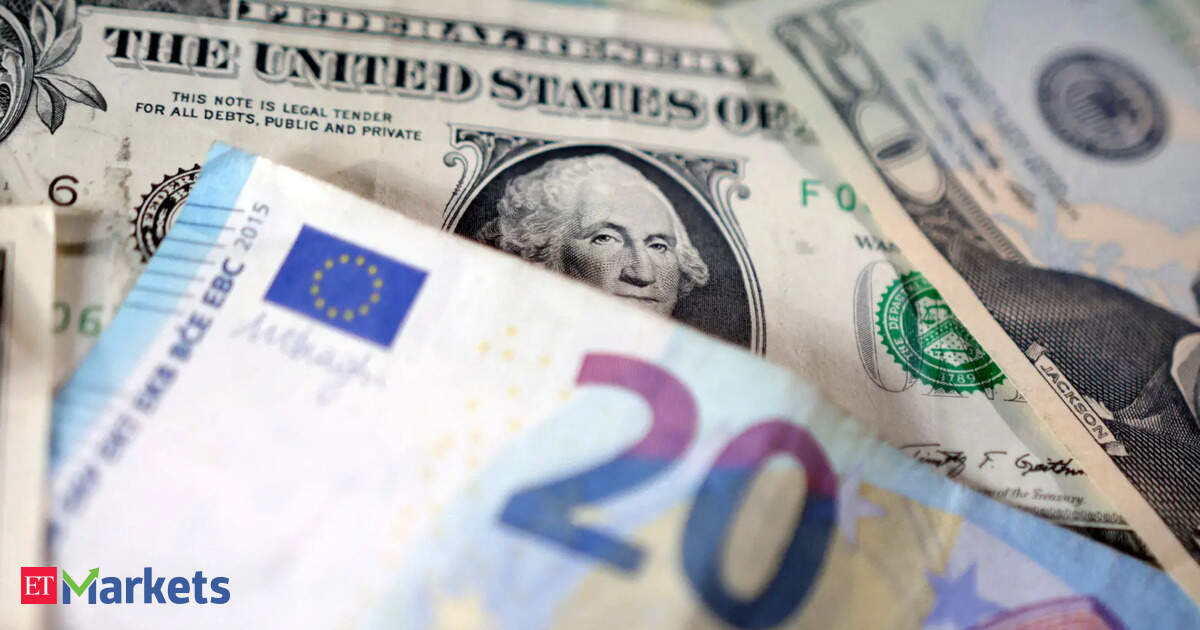The greenback rallied from multi-year lows against the euro and British pound hit earlier in the week after stronger than expected U.S. jobs data pushed out the timing for potential rate cuts by the Federal Reserve.
New Zealand’s kiwi dollar, a common proxy for risk appetite, rose 0.2% to $0.608 after U.S. stocks climbed to new record levels.
The Republican-controlled House of Representatives narrowly passed Trump’s “One, Big, Beautiful Bill” of spending and tax cuts that is estimated to add $3.4 trillion to the nation’s $36.2 trillion debt.
With the U.S. closed for Independence Day, attention turns to Trump’s July 9 deadline when sweeping tariffs take effect on countries like Japan that have not yet secured trade agreements.
“The dynamic is raising questions about fiscal sustainability and bond market stability,” said Kyle Rodda, senior financial markets analyst at Capital.com, referring to the bill’s passage. “However, for now, those risks are being looked through as the markets embrace signs of labour market resilience and hopes for further U.S. trade deals.” The dollar index, which tracks the greenback against major peers, had its worst first half since 1973 as Trump’s chaotic roll-out of sweeping tariffs stoked concerns about the U.S. economy and the safety of Treasuries.
Trump said the U.S. will start sending letters to countries on Friday specifying what tariff rates they will face, a shift from earlier pledges to ink individual deals.
Against the yen the dollar was traded at 144.69 yen, down 0.2% from late in the U.S. trading day when it surged 0.8%. The euro added 0.1% to $1.1769, while sterling traded at $1.3668, up 0.1%.
The Australian dollar fetched $0.6577, up 0.1% in early trade.
U.S. Labor Department’s closely watch employment report on Thursday showed that nonfarm payrolls increased by 147,000 jobs in June, well ahead of economists’ forecast in a Reuters poll for a rise of 110,000.
Market expectations that the Fed will leave rates unchanged at its July meeting rose to a 95.3% probability, up from 76.2% previously, according to the CME’s Fedwatch tool.
Economists continue to expect the Fed would not start cutting rates again until September or even later.









